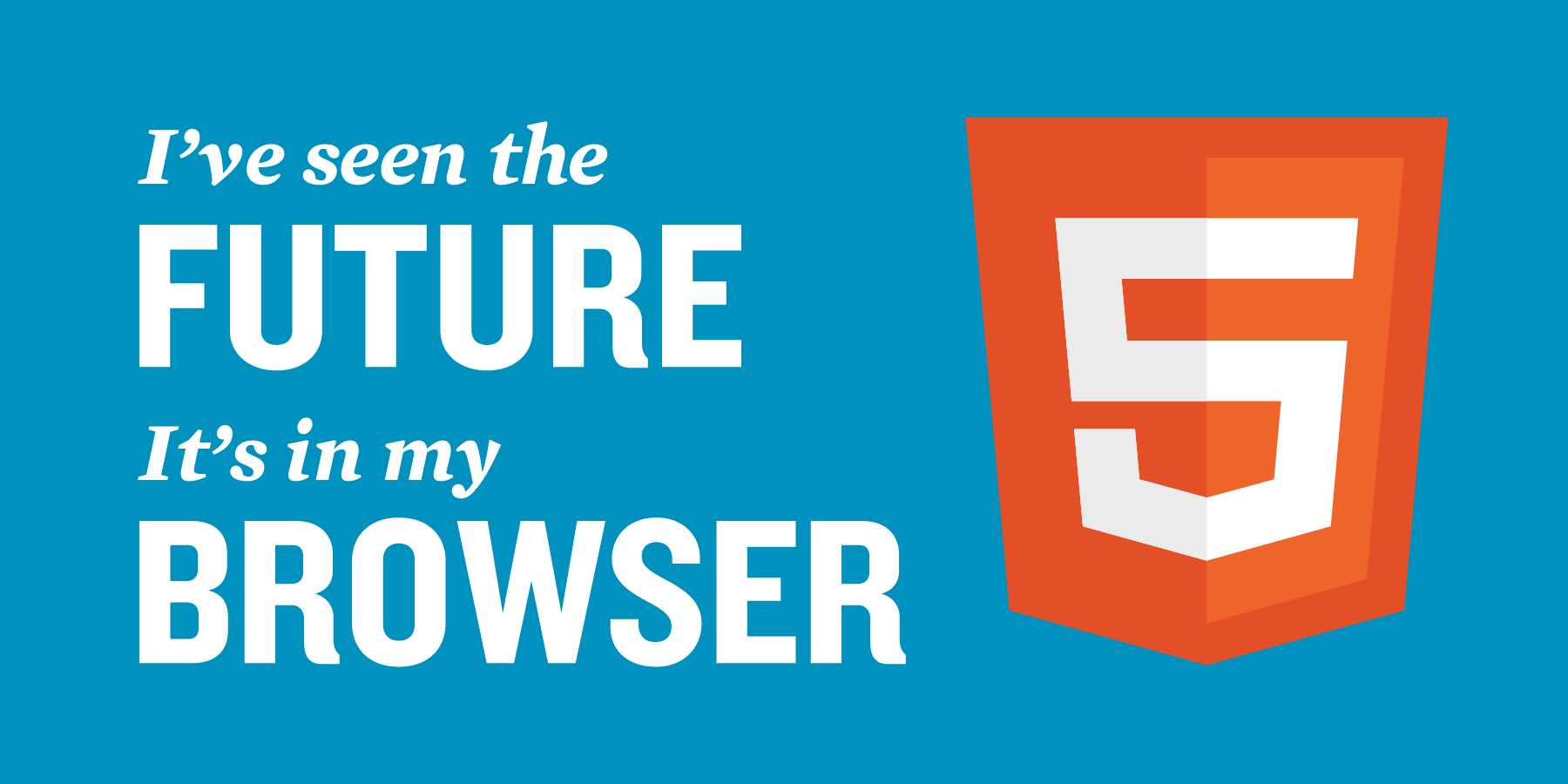Often you need to provide a visual representation of your data and it is not unusual to present information via charts. This is a very common business requirement. In Visual Studio LightSwitch there is not a built-in control to display charts, but you can easily take advantage of extensibility and use chart controls from the free Silverlight Toolkit, available on CodePlex. In this article you learn how to extend LightSwitch applications with custom Silverlight controls that embed Pie Chart controls and that are data-bound to screen collections.
Using Silverlight Pie Charts in Visual Studio LightSwitch - CodeProject

















































